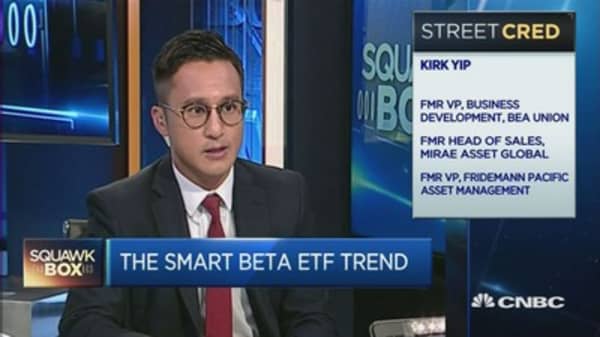More than 10 years have passed since the launch of the first smart beta exchange-traded fund. As we head into the second decade for smart beta ETFs, it seems like a good time to present 10 things every educated investor should know about this investing approach.
1. First, it's important to understand where the name "smart beta" comes from. Professional services firm Towers Watson coined the term, but institutional investors have used the strategy since the 1970s. Roughly 20 years after the first index mutual fund in 1975, the first ETF debuted in 1993. These were not smart beta funds. The first smart beta ETF launched in 2003.







